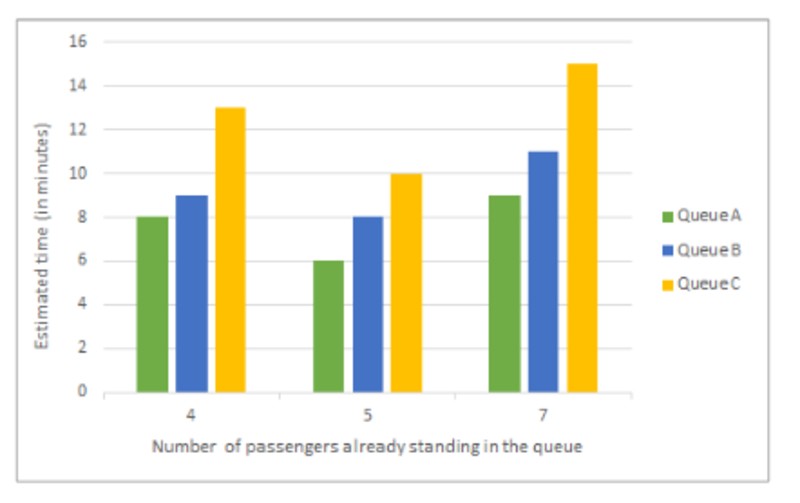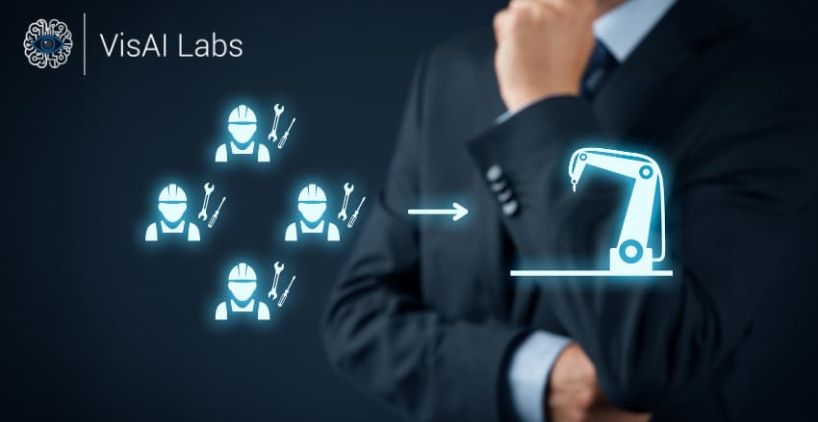Summary
Brick-and-mortar stores often require customers to wait in line to access services, such as billing.
The feeling of a longer wait time, among other reasons, leads to customers abandoning their cart or not making a purchase.
An automated queue management system helps mitigate this trend by presenting data that can helps decision-makers pace up the time to check-out.
Inferences made from queue management systems help optimize sales, improve customer experience, and generate newer streams of revenue.
Written for:
Retail store owners, store managers, planners, and anyone looking to handle queues in a store better would benefit from this blog.
Customer satisfaction is a crucial factor that enables a brand to move beyond the defined space of a store to enter everyday conversations, building a newer audience with every customer who drops by. In the retail space that pampers shoppers with choice, businesses competitively vie for customer retention, especially trying to mitigate customers abandoning their shopping carts. The ensuing heat has led to significant explorations into leveraging automation and data to create intelligent stores that can do just about anything to give more choice and freedom to the customer.
Billing counters and other queues where customers have to wait for a service happen to be spots that prompt them to abandon their purchase. While it may be impossible to eliminate waiting altogether in brick-and-mortar stores, especially ones that may be consultancy-intensive, studies have shown that the feeling of waiting is often more excruciating than the actual time that has lapsed. It is here that automated queue management creates a marked difference.
What is a queue management system?
A queue management system essentially analyses vital queue metrics such as average wait time, average service time, and queue length in stores to help them step up the time to check-out. Store managers can then study these to understand which part of the store experiences delays, allocate resources accordingly, and usher in better customer experiences.
A sound queue management system must be designed with careful consideration of several factors. Firstly, the camera must be positioned in a way that captures the queue well. This needs to be substantiated by adequate lighting that does not cause any distortions to the streams. Further, the system must be adapted to the type of check-out counter to make relevant inferences. The queue management system must also be able to draw results about the structure of the queue while also being able to read whether people in the waiting line are carrying bags.
Here’s what the system would look like when the data has been analyzed and bound into a design:
Once the system is put to work, it can help store owners gain a varied range of insights. A robust system can, at this juncture, estimate the number of people waiting in the line or the average service time at each counter. The queue management system would also be able to detect the operational status of counters, estimate the waiting time, and make inferences about which of your counters is under-performing, using charts such as this:

What queue management systems can do for your retail space
A sturdy queue management system can, as we have seen, provide metrics that can open up avenues for more sales and brand loyalty. For instance, understanding the density of people at each counter can help optimize the planning for in-queue merchandising. This would, in turn, enable your customers to make any impulsive purchases, adding another source of business for your space. You could also use the inferences gained from the systems to employ in-queue entertainment and signage, both of which can promote customer engagement with your brand. Store owners can further use data from queue management to determine the pricing for advertising slots for in-store digital screens along the same lines.
Conclusion
Automation is no longer just an isolated brain set in a corner to observe in the retail space that relies significantly on human connections inside a store. It interacts beautifully to enliven mundane experiences, elevating them to conversation points beyond the inside of a store. Adopting a queue management system can help stores optimize their revenue streams, retain customers, reduce cart abandonment, and provide better customer experiences across the store. This can also add options to expand the revenue streams of the business
A significant part of the last half-decade saw varied debates on whether and how automation could help traditional brick-and-mortar stores if at all it would yield the miracle results it often claimed. Scepticism about borrowing technology into a world that is believed to have often single-handedly been crafted by the quality of personalised interactions had its share of fair reasons to point to. But today, the combination of automation and human in the workforces of some of the heavyweights in the industry render these concerns obsolete.
VisAI Labs understands the need for Edge-optimized algorithms that meet various use cases to help retail businesses thrive with automation. To know more about how you can leverage automation in retail for your stores, get in touch with us at sales@visailabs.com


